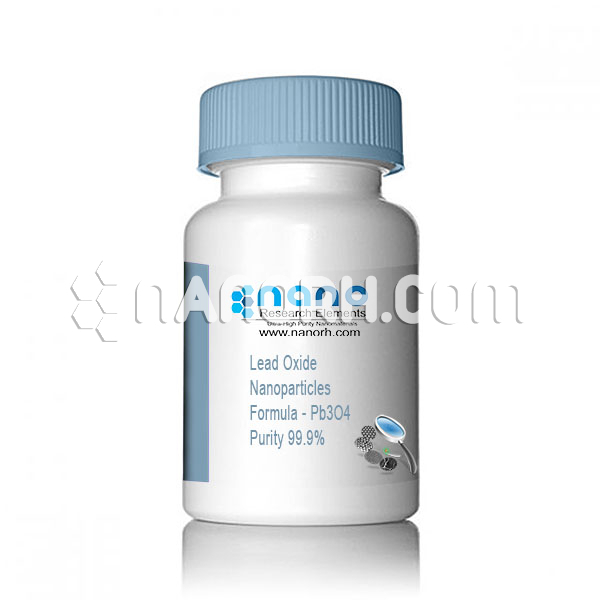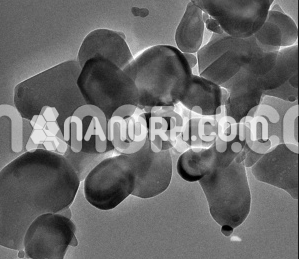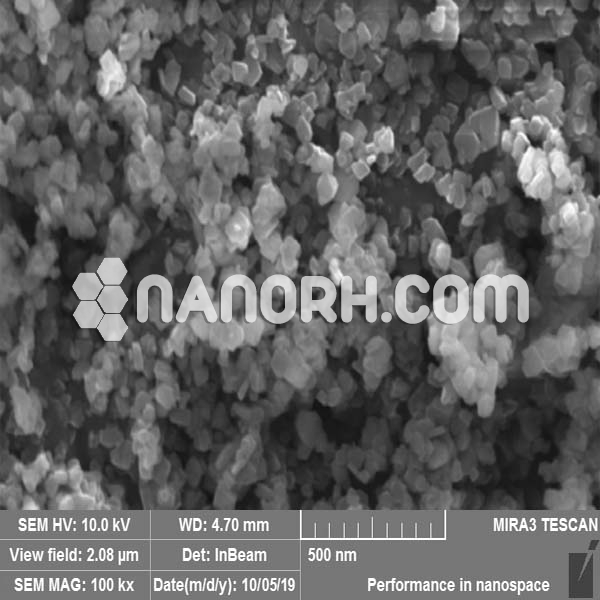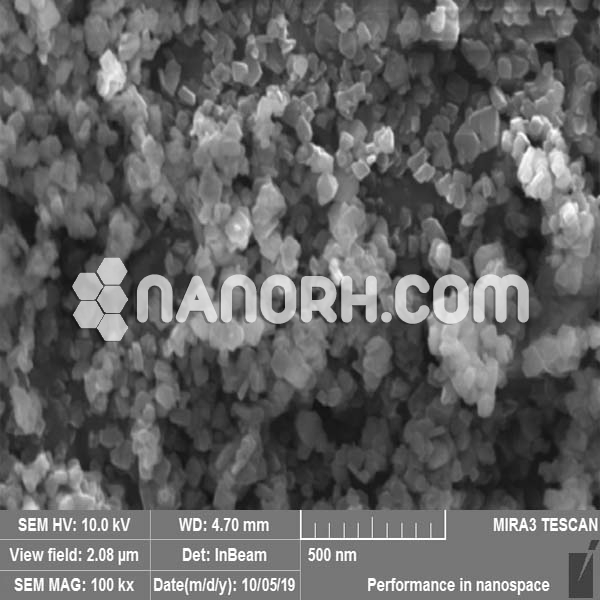| Lead Oxide Nanoparticles |
|
| Product Number | NRE-3032 |
| CAS No. | 1317-36-8 |
| Formula | PbO |
| Molecular Weight | 223.20/ g/mol |
| APS | <100 nm (Can be Customized) |
| Purity | 99.9% |
| Colour | Red |
| Density |
9.53 g/cm³
|
| Melting Point | 888 °C |
| Boiling Point | 1,477 °C |
Lead Oxide Nanoparticles
Pb3O4 nanoparticles have unique properties and wide range of applications such as luminescent materials, gas sensors, storage devices, UV-blockers and as modifiers in oxide glasses. Among the various methods available for the synthesis of lead oxide nanoparticles, the chemical process is very simple and convenient for tailoring the size and morphology of the products. The Specific Surface Area (SSA) of the nanoparticles, which depends on the interrelationship of particle morphology and size, is an important characteristic of the nanoparticles featuring its ability for optical, electronic, magnetic, catalytic activities etc. The small size of nanoparticles is a factor favouring the aggregation which increases the size of the nanoparticles. The aggregations of nanoparticles changes their size, shape and alter the chemical, physical and biological properties. It is therefore necessary to prevent the aggregation of the nanoparticles and stabilize them at the desired size which can be achieved using chemical capping techniques. Thus capping agents, also called as stabilizers, plays a crucial role in the synthesis of nanoparticles with respect to size and shape control. A capping agent is a strongly absorbed monolayer of organic/inorganic molecules used to prevent aggregation of nanoparticles and stabilize them. For proper capping action the capping agent should have good ability and higher affinity to bind with the surfaces of the metal nanoparticles. Further, the capping agents prevent the degradation and help to preserve the properties of the nanoparticles. The capping agents contain some functional groups which can ligate the metal nanoparticles. The functional groups may be either carboxylate groups or functional groups like amino groups and some coordinating atoms like the hetero atoms which can bind to the metal surface of the nanoparticles. The presence of hetero atoms in the functional group gives rise to hydrophilic character to the molecule.




